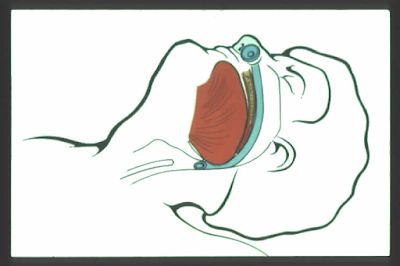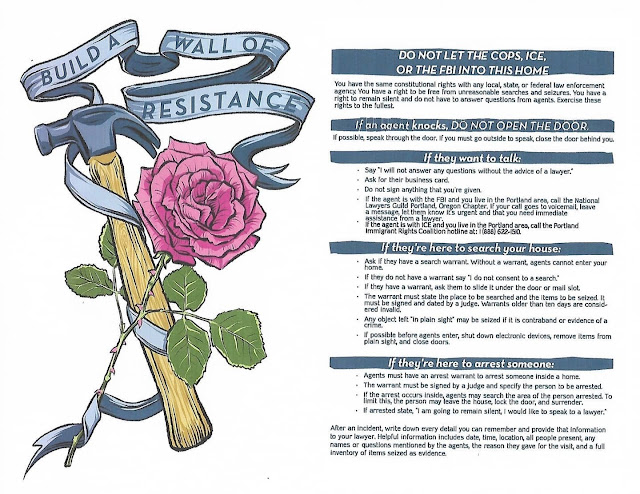Inserting a Nasopharyngeal Airway
A nasopharyngeal airway (NPA) (figure 1) provides an open (patent) airway and helps to keep the tongue from falling to the back of the mouth and blocking the airway.
CAUTION: Do not use the nasopharyngeal airway if the roof of the casualty's mouth is fractured or brain matter is exposed.
CAUTION: Do not use the nasopharyngeal airway if there is clear fluid (cerebrospinal fluid [CSF]) coming from the ears or nose. This may indicate a skull fracture.
Instructions for inserting a nasopharyngeal airway are given below.
a. Place the casualty on his back with his face up.
b. Lubricate the NPA with water or sterile lubricating jelly (figure 2).
c. Insert the airway.
(1) Expose the opening of the casualty's nostril (figure 3).
NOTE: The casualty's right nostril is usually used.
(2) Insert the tip of the airway tube into the nostril.
(3) Position the tube so that the bevel (pointed end) of the airway faces toward the septum (the partition inside the nose that separates the nostrils).
(4) Insert the airway into the nostril and advance it until the flange rests against the nostril (figure 4).
CAUTION: Never force the airway into the casualty’s nostril. If resistance is met, pull the NPA out and attempt to insert it in the other nostril.







Comments
Post a Comment